Sylwester Klocek
An ensemble of data-driven weather prediction models for operational sub-seasonal forecasting
Mar 22, 2024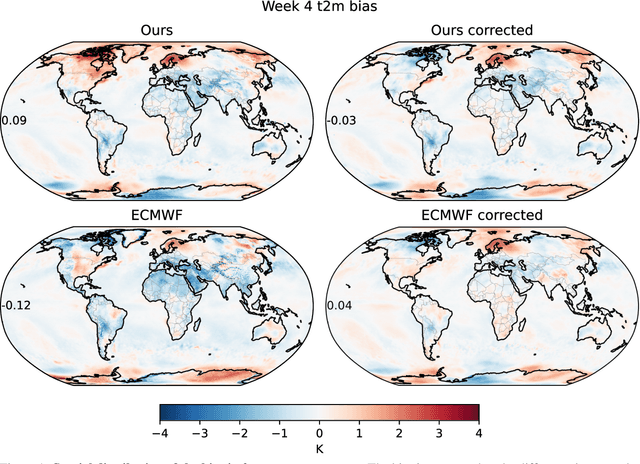
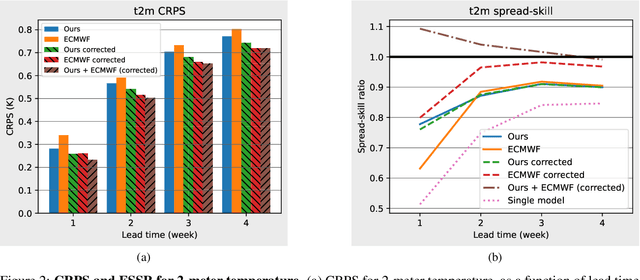

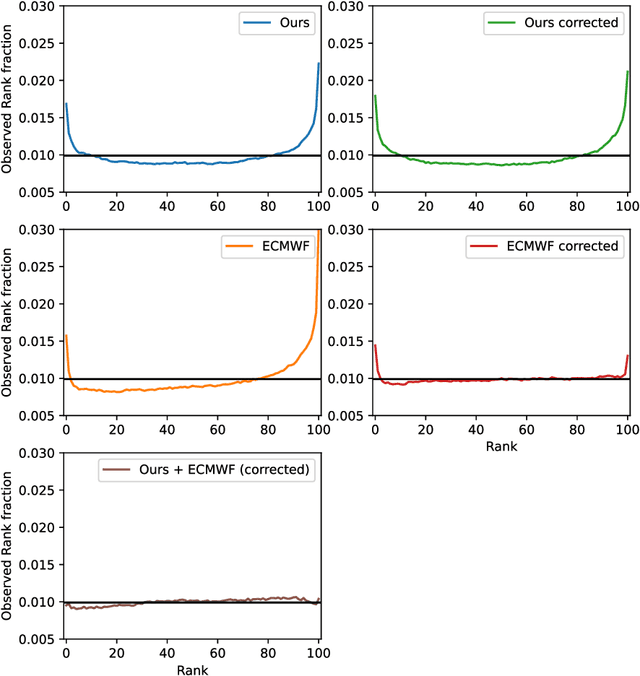
Abstract:We present an operations-ready multi-model ensemble weather forecasting system which uses hybrid data-driven weather prediction models coupled with the European Centre for Medium-range Weather Forecasts (ECMWF) ocean model to predict global weather at 1-degree resolution for 4 weeks of lead time. For predictions of 2-meter temperature, our ensemble on average outperforms the raw ECMWF extended-range ensemble by 4-17%, depending on the lead time. However, after applying statistical bias corrections, the ECMWF ensemble is about 3% better at 4 weeks. For other surface parameters, our ensemble is also within a few percentage points of ECMWF's ensemble. We demonstrate that it is possible to achieve near-state-of-the-art subseasonal-to-seasonal forecasts using a multi-model ensembling approach with data-driven weather prediction models.
DeepSpeed4Science Initiative: Enabling Large-Scale Scientific Discovery through Sophisticated AI System Technologies
Oct 11, 2023



Abstract:In the upcoming decade, deep learning may revolutionize the natural sciences, enhancing our capacity to model and predict natural occurrences. This could herald a new era of scientific exploration, bringing significant advancements across sectors from drug development to renewable energy. To answer this call, we present DeepSpeed4Science initiative (deepspeed4science.ai) which aims to build unique capabilities through AI system technology innovations to help domain experts to unlock today's biggest science mysteries. By leveraging DeepSpeed's current technology pillars (training, inference and compression) as base technology enablers, DeepSpeed4Science will create a new set of AI system technologies tailored for accelerating scientific discoveries by addressing their unique complexity beyond the common technical approaches used for accelerating generic large language models (LLMs). In this paper, we showcase the early progress we made with DeepSpeed4Science in addressing two of the critical system challenges in structural biology research.
MS-nowcasting: Operational Precipitation Nowcasting with Convolutional LSTMs at Microsoft Weather
Nov 18, 2021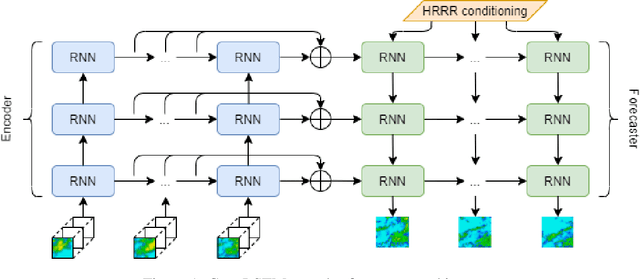

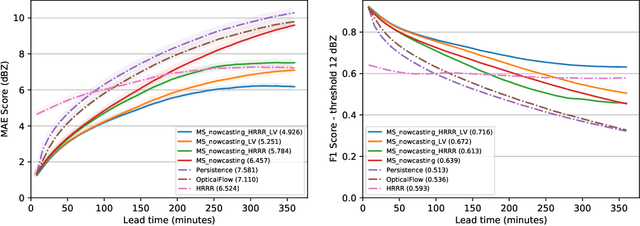

Abstract:We present the encoder-forecaster convolutional long short-term memory (LSTM) deep-learning model that powers Microsoft Weather's operational precipitation nowcasting product. This model takes as input a sequence of weather radar mosaics and deterministically predicts future radar reflectivity at lead times up to 6 hours. By stacking a large input receptive field along the feature dimension and conditioning the model's forecaster with predictions from the physics-based High Resolution Rapid Refresh (HRRR) model, we are able to outperform optical flow and HRRR baselines by 20-25% on multiple metrics averaged over all lead times.
Hypernetwork functional image representation
Apr 05, 2019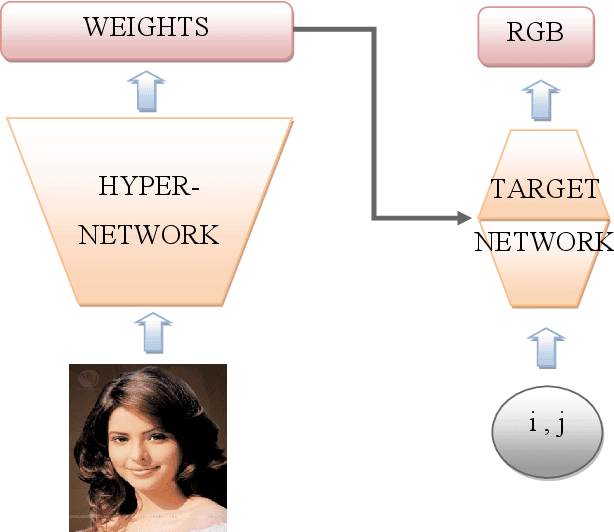
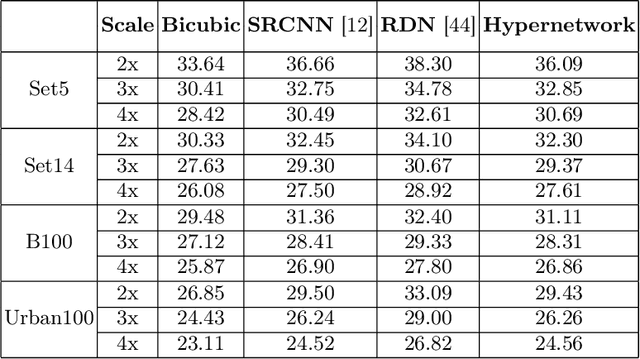

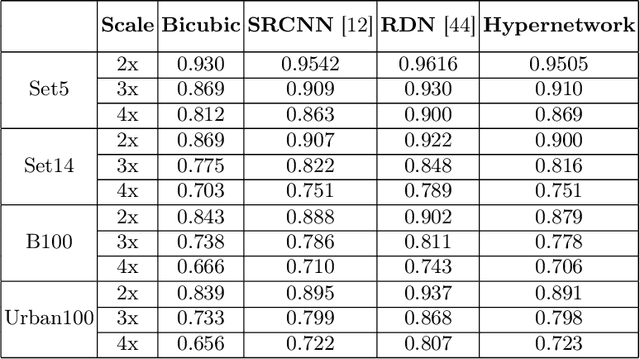
Abstract:We use a hypernetwork to automatically generate continuous functional representation of images at test time without any additional training. More precisely, the hypernetwork takes an image and returns weights to a target network representing the image. Since obtained representation is continuous, we can easily inspect the image at various resolutions. Finally, because we use a single hypernetwork responsible for creating individual image models, similar images have similar weights of their target networks. As a consequence, interpolation in the space of weights of target networks representing images shows properties similar to that of generative models. To experimentally evaluate the proposed mechanism, we apply it to image super-resolution. Despite of using a single model for various scale factors, we obtained the results comparable to existing super-resolution methods.
 Add to Chrome
Add to Chrome Add to Firefox
Add to Firefox Add to Edge
Add to Edge